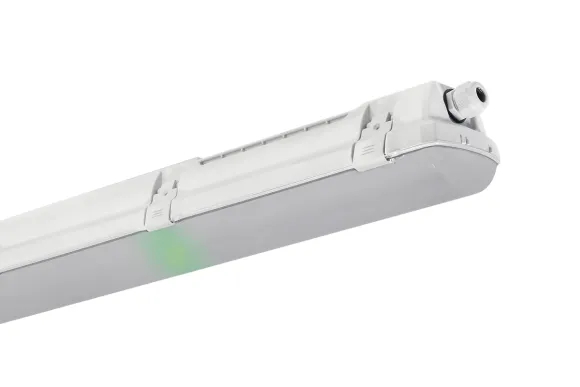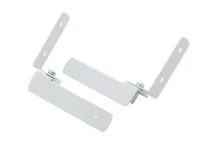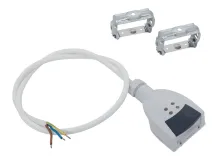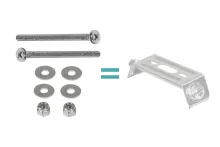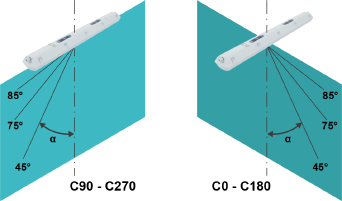PRIMA NM
Emergency
| Code | Type | Luminous flux of LED modules [lm] |
Luminous flux of light fitting: [lm] |
Power consumption: [W] |
Net weight: [kg] |
||||
|---|---|---|---|---|---|---|---|---|---|
| 106618 | PRIMA 1.2ft PC | 500 | 440 | 3,3 | 1,4 | ||||
Technical data
- System efficacy: 133 lm/W
- Degree of protection: IP66/IP69
- Minimum ambient temperature: ta = 5 °C
- Maximum ambient temperature: ta = 50 °C
- Life time: 50000 hours / L80/B20
- Impact strength: IK10
- Certification CE, HACCP
Materials / finishes
- Body: Grey PC (high mechanical resistance, UV stability, RAL 7035)
- Diffuser: Translucent PC (high mechanical resistance, UV stability)
- Reflector: Steel sheet, white (RAL 9003)
- Clips: Polyamide + 15 % fibreglass, Stainless steel + polyamide
- Sealing: Polyurethane (PUR), foam-filled base groove
- Connection: Screwless five-pole terminal block, Screwless five-pole terminal block, 5-wire connecting cabling for feed-through installation (1.5 mm2 cross-section, 2.5 mm2 available on demand)
- Cable glands: PG 13.5 thread
Download
Click the relevant product code in the table above to access the EULUMDAT (.ldt) files and the installation instructions for your luminaire.
BIM
Download the BIM objects.
More about BIM at bim.lighting.
Accessories to PRIMA NM
Drawings and graphs of luminosity
Non-maintained emergency luminaire for escape routes, available for use in high ambient temperature, ta = 50 °C, is intended by its function and shape primarily for being in a set with PRIMA and NANOTTICA light fittings.
It is recommended for escape routes of interior industrial rooms, storage halls, sports premises, agricultural buildings and laboratories without hazard of explosion of gases, dusts and flammable vapours.
It is resistant to dust, moisture and spouting water. The body and the diffuser made of polycarbonate (PC) have increased resistance against deformation and impact.
Atmosphere emissions must be considered, as they may reduce the usability of plastics at installation in aggressive environment, see p. 317.
